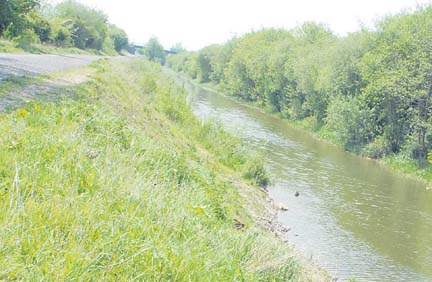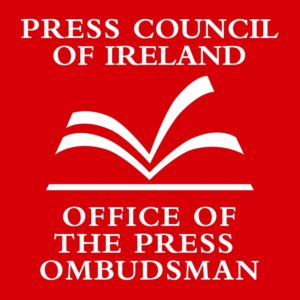
THE expectation that the canal would be restored to enable a recommencement of boating, fishing activity and the likelihood of operating a water bus from the entrance on Clare Street out to the University of Limerick campus, has yet to materialise. Now, an updated report produced by City Hall officials, Kieran Reeves, senior executive planner and Pat Eyres, senior executive engineer, has been presented to members of city council’s Environment Committee.
The initial funding for the restoration project was sourced from the EU under the Water in Historic City Centres initiative, which was a joint project with Shannon Development, and it secured a capital investment of €1,126,300.
Officially launched by Pat Cox, then President of the European Parliament, the total budget was €1.436 million.
The initial plans included a clean up and restoration of the canal banks, with new walkways, and cycle tracks, quality lighting and high grade street furniture – the objective being to create an attractive leisure area for the people of Limerick and a desirable walking area for visitors.
The project failed to materialise, with the result that various councillors consistently called for action from Waterways Ireland and the council to take measures to rectify the stagnation that was preventing the natural flow of water and thus impeding boating activity.
Councillors denounced the canal as a failed project “worse than it had been before work commenced,” and repeatedly called for professional accountability.
They invited Waterways Ireland to City Hall for detailed explanation.
In their report, just issued, Mr Eyres and Mr Reeves confirm that the main elements of the contract included the following: The dredging of the canal to make it navigable from the Abbey River in the city centre to the Shannon, towards UL: Cleaning of both banks along the length of the canal: 16,000 cubic metres of soil removed: New cobble stones, dedicated pedestrian and cycle paths, new landscaping areas, both hard surface and soft landscaping areas and tree planting: Provision of public lighting and such street furniture as fishing stands, seating, litter bins.
However, as pointed out by Mr Reeves, the removal of the weir and the installation of the lock gates were excluded from the tender as it was hoped that Waterways Ireland would provide these as a contribution to the scheme.
“While doing the works in the section between the railway bridge and the river Shannon, it was found that the slopes of the canal bank would require stabilisation if deepening of the canal was to proceed.
“This was estimated to cost an additional €1m, which was not available within the budget.
Stabilisation works consisting largely of reprofiling of the banks were carried out to prevent further deterioration, at a cost of €149,986.
In addition, a watermain located in the bed of the canal was found not to be at the depth expected and would have to be relocated to make the canal navigable.
However, the destabilisation of the upper portion of the canal had rendered it impossible to navigate and it was decided not to relocate the watermain.
The report states that in 2006, Waterways Ireland confirmed its willingness to install the lock gates as part of the scheme.
However, the issues of the stabilisation of the banks and the location of the watermain meant that the gates were not installed in 2006, and subsequently the funding was diverted elsewhere.
Cllr Gilligan said: “It is unfair that the council has to carry the can for Waterways Ireland on this”.




